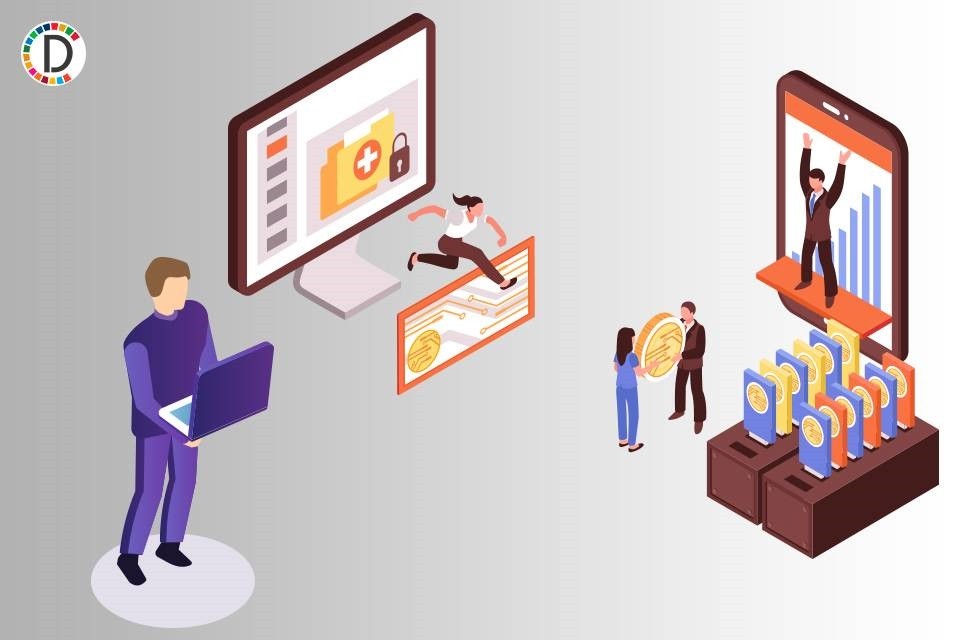Almost like being there: Making the most of virtual conferences

When Diane Leonard checked in to a conference the other day, the routine was familiar: Watching keynote speakers, interacting with other attendees, bumping into friends.
One key difference: The grantwriter was at home in Clayton, New York, with her favorite black coffee, treadmill desk and mini goldendoodle, Ollie.
Like many gatherings this year, the tech conference for nonprofit professionals by Blackbaud, a cloud computing provider, was fully virtual.
“I’d say I have been to more than 40 of these over the last six months,” Leonard said. “It’s become a way of life.”
In Meeting Professionals International’s summer survey, 86% of respondents foresaw declining attendance for live events over the coming year, while 87% projected an increase for virtual ones.
“In six months of running virtual events, I’ve found that they are about 20% different from real-life conferences – but it’s a critical 20%,” said Sree Sreenivasan, co-founder of digital consultancy Digimentors, which produces TV-quality virtual events.
This New Normal is more challenging, but in some ways it is easier. It requires an entirely new playbook – for how you interact with people, access meaningful content and maximize what you get out of the experience.
“Virtual events require more preparation and action from attendees,” said Leslie Marshall, head of experiential marketing for Chicago-based investment research firm Morningstar. Marshall ran a September online conference for almost 3,000 U.S. participants and is rolling out other global events.
Virtual will absolutely be the norm for now. According to education consultancy Tagoras, 92% of those who have held virtual conferences plan to do so again.
So how can conference attendees thrive in a virtual world? A few tips:
USE TECH TOOLS TO YOUR ADVANTAGE
Virtual conference organizers have gone to a lot of trouble to create tech tools for networking and interactivity, so you might as well use them.
During keynote speeches, chatboxes allow participants to share insights or provide queries for Q&A sessions. ‘Breakout’ areas offer chatrooms for specific interests, or places for one-on-one dialogues.
Morningstar even experimented with virtual reality. At its September conference a few dozen attendees received Oculus gaming headsets, with goggles that create 3D images, so they would feel like they were there in person.
PREP BEFOREHAND
In-person interactions tend to be a lot looser: Running into someone you know, having a drink at a hotel bar, making last-minute dinner arrangements. Online, you have to be much more deliberate and strategic about who you want to meet.
That means scouring over attendee lists, researching which exhibitors or sponsors to contact, and connecting with speakers and presenters.
By doing your homework and publicizing the takeaways on social media channels like Twitter or LinkedIn, you are setting the table for relationships which could endure beyond the event itself.
MINIMIZE DISTRACTIONS
Conferencing from the comfort of your own kitchen has many positives: No travel, no health risks, lower costs. “When you’re at a conference in-person, it allows you to get away from everything and really focus,” said Marshall.
“At home, it’s more challenging to put away all the distractions. So turn off your mobile occasionally and don’t try to multitask all the time.”
Interruptions are inevitable – dogs, kids, work e-mails – but if you do get pulled away, an online event allows you to go back and access that content later.
FOCUS ON THE BENEFITS
Price is another benefit. Almost 70% of such meetings cost less than before, often “significantly” so, according to Tagoras.
“Think of it as an opportunity to do things you couldn’t do before,” said Sreenivasan. “Before, these events took place behind closed doors, with high ticket prices, in faraway places.
Now, every day, dozens of fascinating people around the world are available to talk about issues of great importance. You can tour the world and listen to interesting people all day long.”
